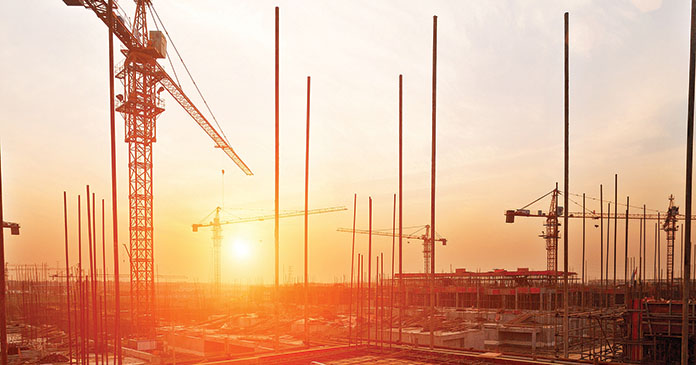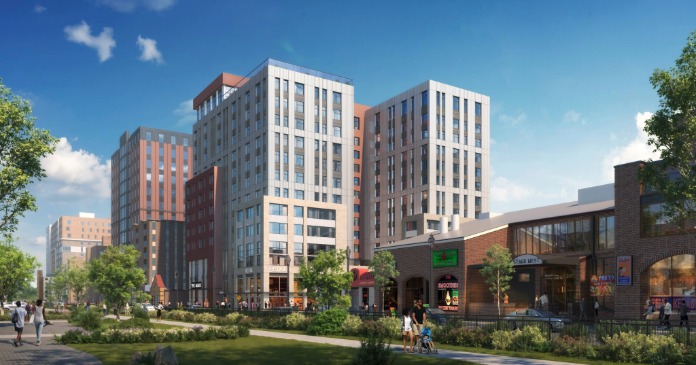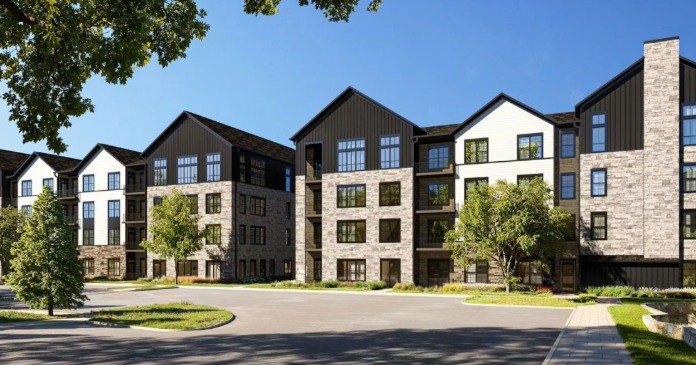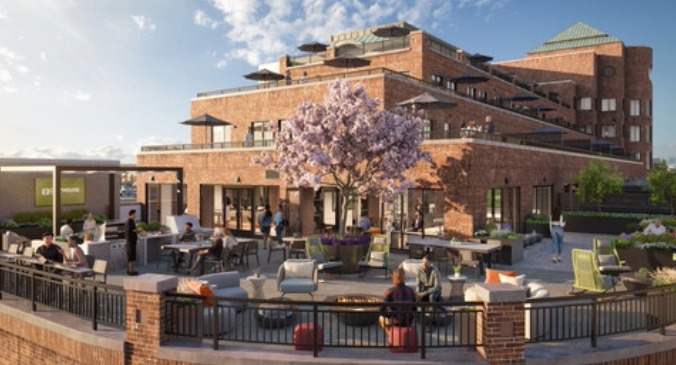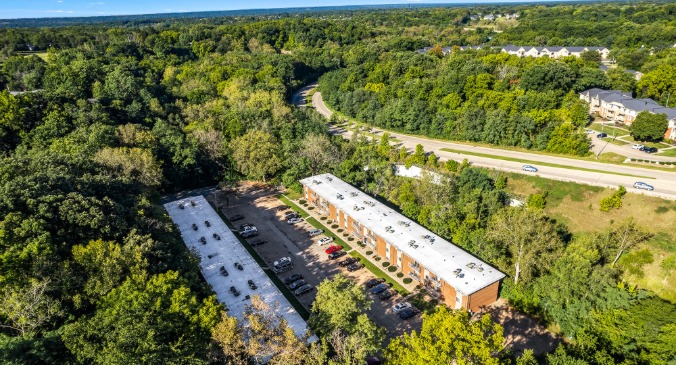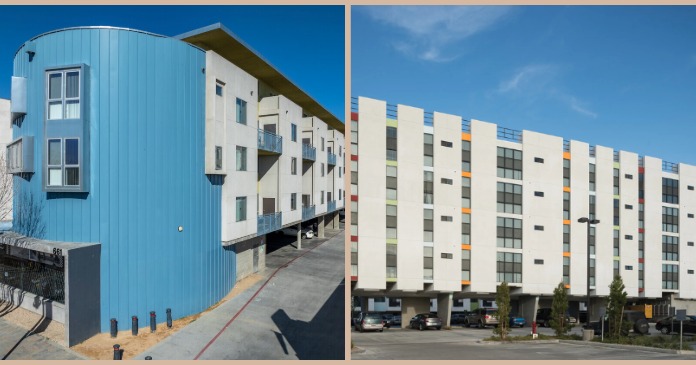The high cost of debt combined with flat and falling rents has helped drive multifamily starts down 40 to 50 percent this year compared to 2022. But some ground-up development deals are still breaking ground.
Oversupply and uncertainty in the capital markets continue to pose challenges for multifamily developers. While experts believe the oversupply will be short-lived, the key to successful development projects over the next few years will be finding ways to mitigate risk.
On his LinkedIn page, RealPage SVP and chief economist Jay Parsons asked, “What types of apartment or build-to-rent construction projects can still work right now?” He answered, “Not many,” but went on to list the deal types that are still breaking ground.
The story
These developments offer something unique in an area devoid of similar projects. It’s likely unique enough in location or design that renters will pay the premium rents over cheaper or concession-heavy comps nearby, said Parsons.
An example is The Commodore in Washington, D.C. by Greystar, where units incorporate expandable furniture by Ori Living. Another such project that will be outfitted with the Ori Cloud Bed in studio units is the 104-unit apartment project in Tampa, Fla., by Landings Real estate Group. The apartments are part of the opportunity zone development Water Street Tampa, and are scheduled for delivery in September 2024.
“A good story is the best insurance against market fluctuations of any kind,” said Vicky Johnston, director at Capital City Real Estate.
Low cost basis
These are deals where the developer has free land or partners with a long-term landowner or is able to reduce construction costs materially to improve yields.
Today, large developers with scale are laser focused on driving supply-chain efficiencies, such as direct access to manufacturers for materials or multi-project bulk purchases, as well as taking more of the labor (including trades) at lower costs, or producing the project faster, thereby cheaper, said Parsons.
Subsidies
Subsidies, the mainstays of affordable and workforce housing projects, are typically attained by tapping into federal programs like LIHTC or state and local programs.
They afford less upside but lower risk on the downside, and if you can maneuver the red tape these deals can work, said Parsons, adding, “Right now, it’s often an easier sell to investors who intuitively see the logic of building at lower rents with tax credits or other subsidies in place. Opportunity Zone deals can also work.
“Some of the only multifamily deals we’re seeing moving forward have some sort of subsidy, either tax credits TIF or city development loans, and sometimes a combination of all three. This is hyper-focused on downtown/urban projects,” said Brent Gathright, director of preconstruction at Cowen Construction.
The long-term play
This strategy works for long-term operators or merchant builders with a long-term hold partner, since the math might be more favorable if the deal structure is less dependent on short term return, said Parsons. He notes that’s the reason REITs are considering development again.
Other strategies include opting for projects with a mixed-use component to diversify revenue streams.
Parons notes that while developers are trying to raise capital on the thesis that oversupply will dwindle in 2025 through 2027, when today’s new starts would complete, many investors are more interested in waiting for potential lease-up distress amongst the current wave of projects than investing in the next wave of ground-up development.
“The consensus view is starts will remain limited and perhaps drop further in 2024, but they won’t evaporate entirely. Some deals will still break ground, and many will check one of the boxes above,” he said.


